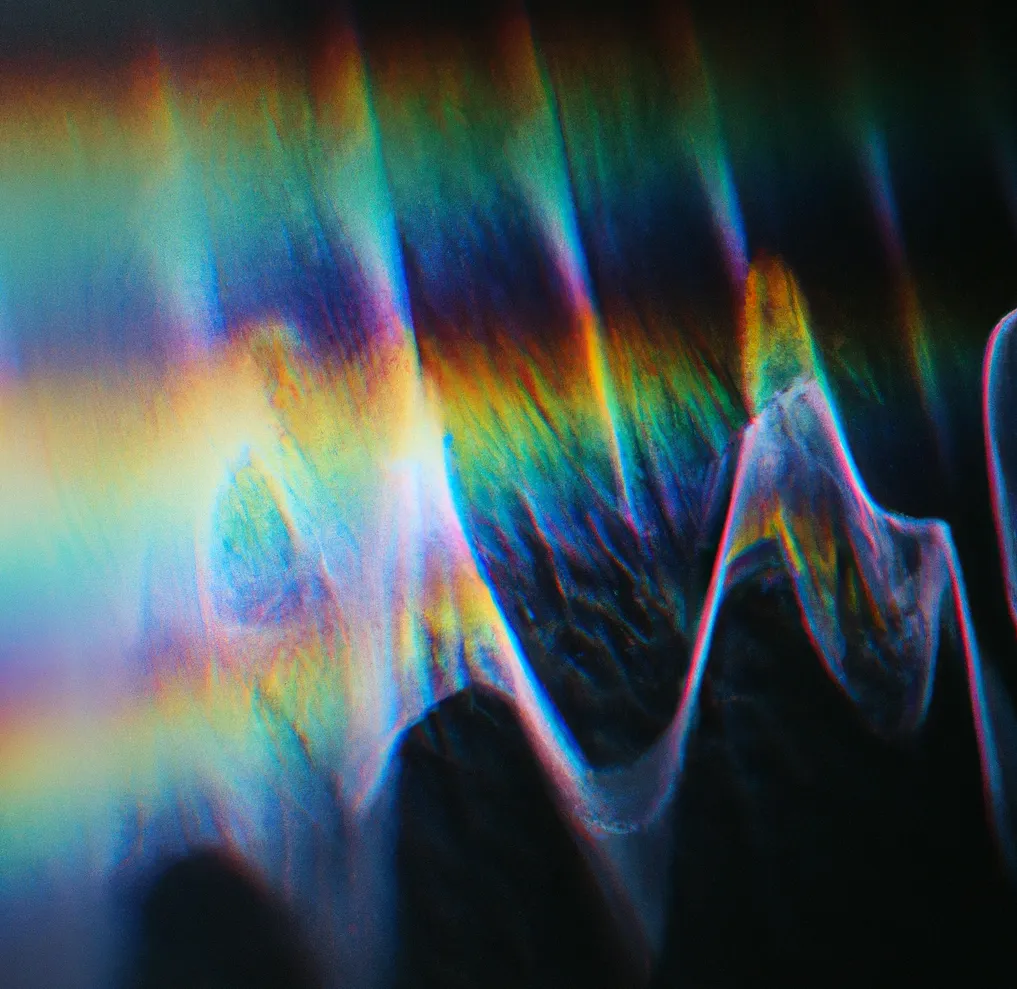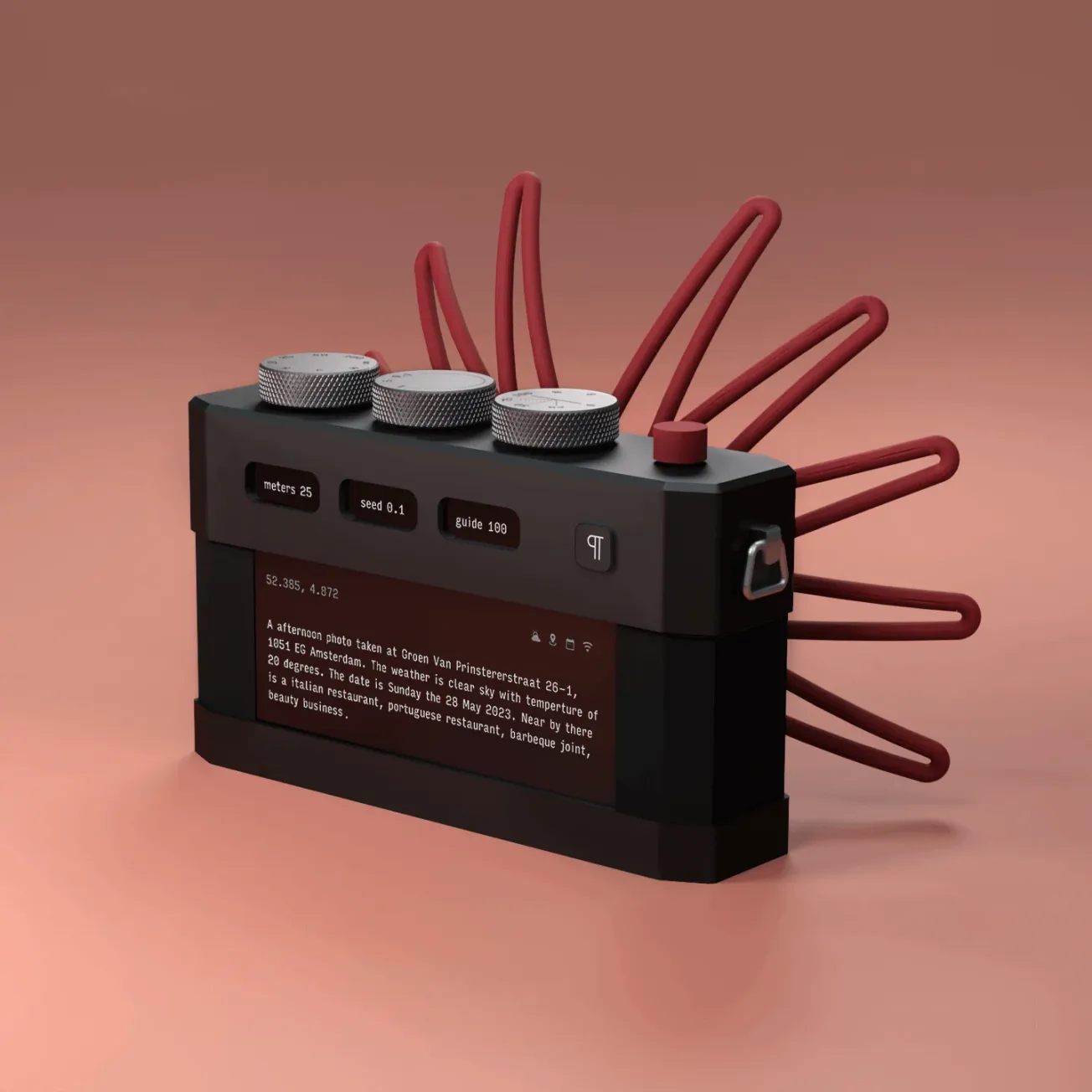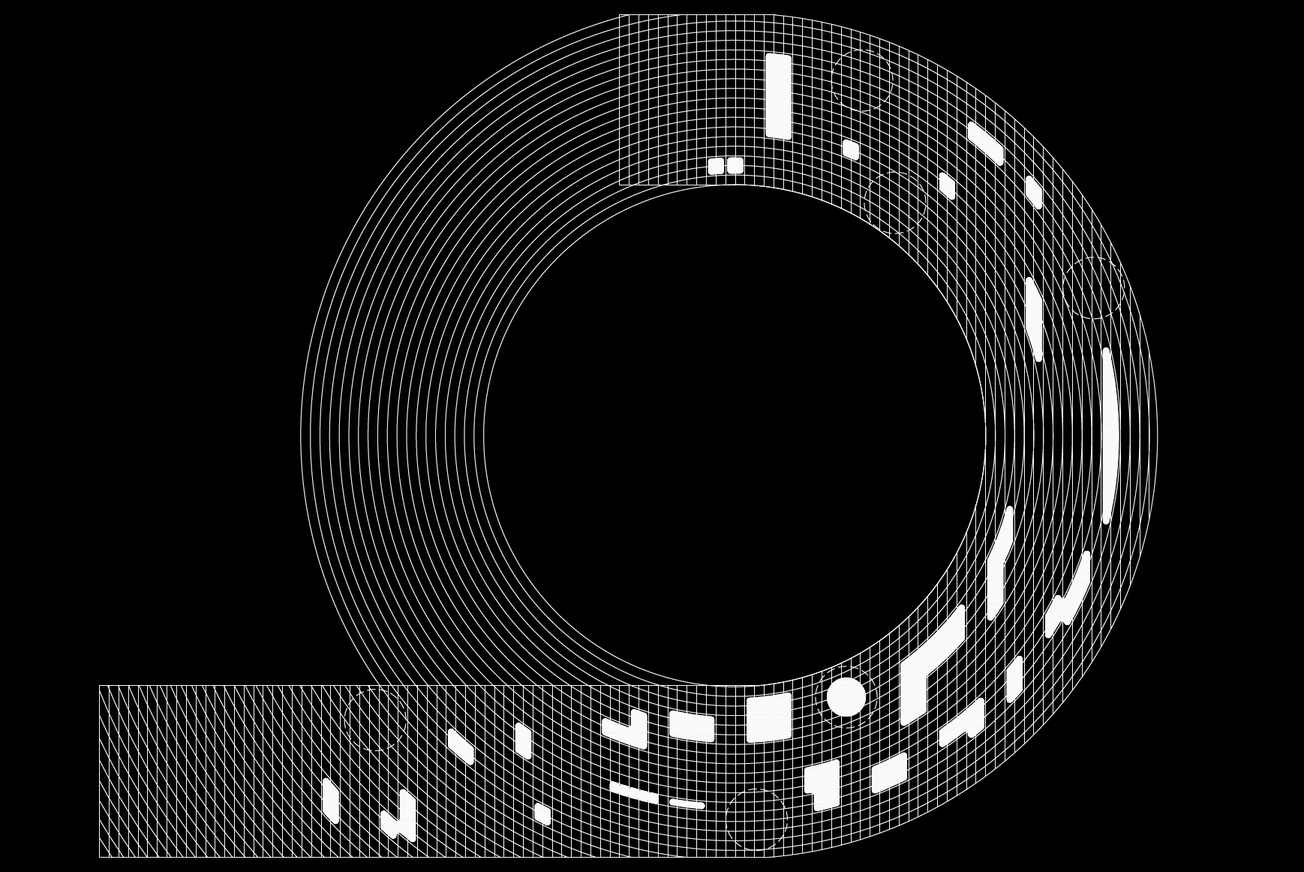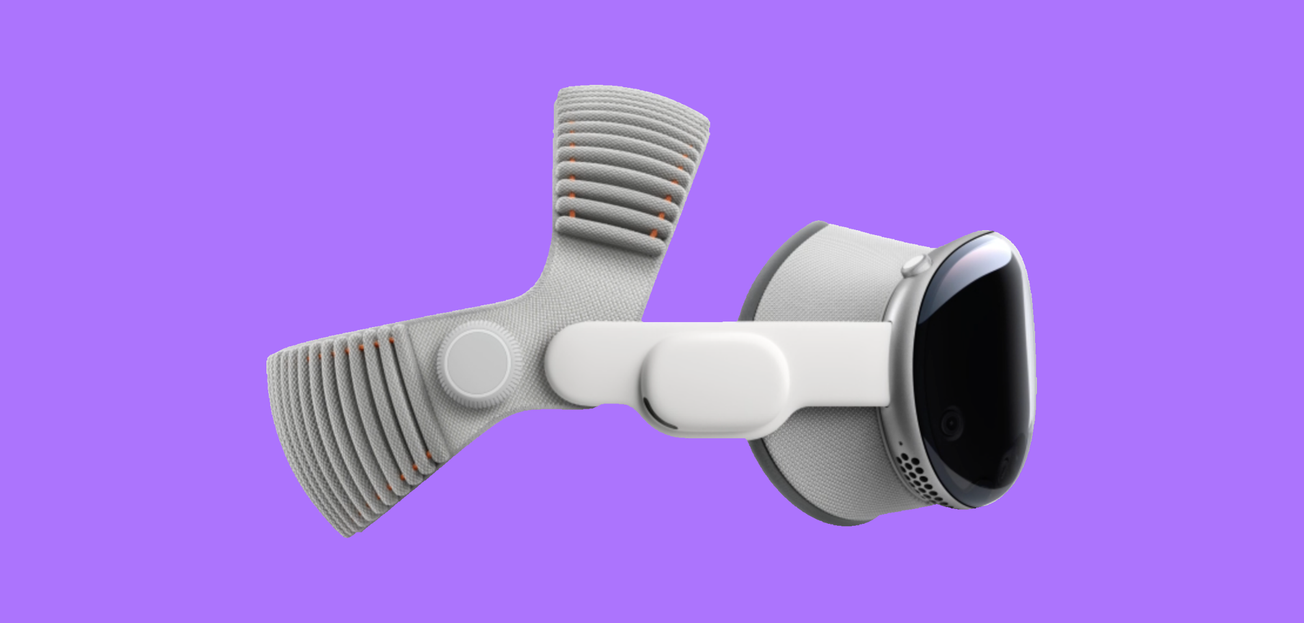Technology continues to reshape our experiences, often in ways that feel like science fiction come to life. One example making quiet but steady progress is the development of holographic sound fields — immersive audio systems that use 3D spatial audio to transform how we perceive and interact with sound. These systems blur the boundaries between reality and imagination, offering listeners soundscapes that feel physically present.
For decades, audio in the entertainment industry has primarily been a stereo experience. Whether in music, cinema, or gaming, sound typically emanated from two speakers — left and right channels. While stereo served its purpose, it falls short in replicating the depth and dimensionality of real-world audio environments.
Holographic sound fields aim to overcome these limitations by creating a true 360-degree spatial audio experience. By manipulating sound waves and using advanced signal processing, they replicate not just horizontal channels but the entire three-dimensional audio space.
Holographic sound fields are achieved through a combination of hardware and software. They rely on an array of speakers or transducers strategically positioned to envelop the listener. These speakers can emit sound waves in multiple directions, allowing for a more realistic spatial representation of audio. Moreover, advanced algorithms and signal processing are used to create the illusion of sound sources originating from various positions in the listening space. This process mimics the way our brains process audio cues in the real world, creating a convincing and immersive experience.
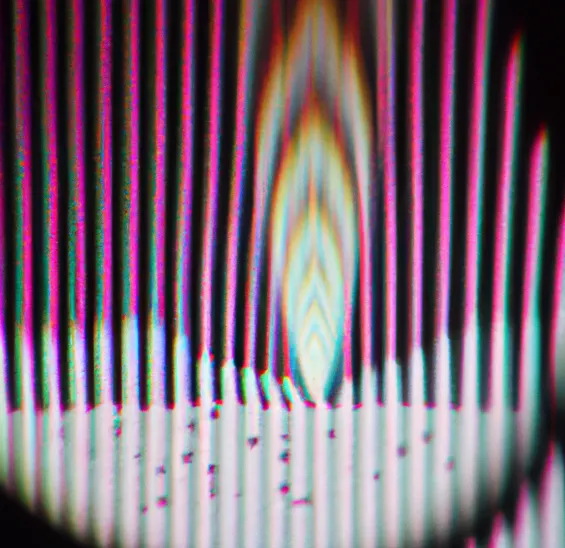
In the music industry, holographic sound fields promise to transform live performances. Imagine attending a concert where the music surrounds you, not just from the stage but from every direction. Musicians can place virtual instruments and vocalists in different parts of the venue, offering an unprecedented level of immersion.
For the film industry, holographic sound fields have the potential to elevate the cinematic experience to new heights. Sound designers can create audio landscapes that truly transport the audience into the heart of the action. Whether it's a thunderous explosion or a whispering breeze, these systems can replicate the soundscapes with uncanny realism. With the growing popularity of virtual reality (VR) and augmented reality (AR) experiences, holographic sound fields can complement these technologies by offering audio that matches the visual realism. It's a synergy that promises to make VR and AR experiences even more compelling.
Video games have long been at the forefront of audio innovation, and holographic sound fields are a natural evolution for the industry. Gamers can benefit from audio cues that not only come from the left or right but from above, below, and all around. This spatial audio can provide a competitive edge in multiplayer games by allowing players to accurately pinpoint the source of in-game sounds. The emotional impact of games can be heightened as players are immersed in the rich audio environments of the virtual worlds they explore. The psychological connection between players and their virtual surroundings can be greatly enhanced.
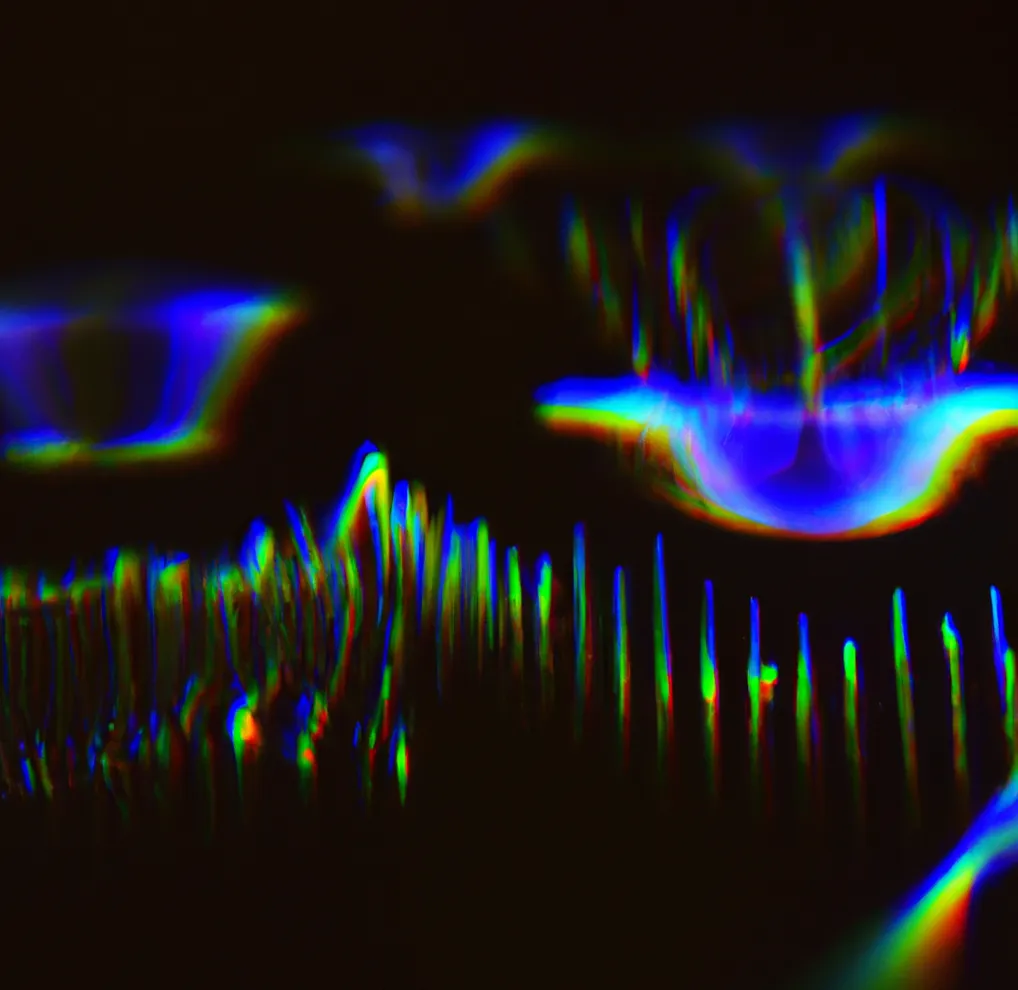
As with any emerging technology, some challenges and considerations come with the adoption of holographic sound fields. These include the cost of hardware, the need for well-optimized content, and compatibility with existing systems. Privacy concerns may arise as audio systems become more immersive. The ability to precisely locate and track sound sources could have implications for surveillance and privacy in both the digital and physical realms.
Holographic sound fields are not merely an evolution of audio; they represent a revolution in the way we perceive and interact with sound. They embody the intersection of creative technology and society, where innovation transforms the way we engage with the arts. As we stand on the precipice of this immersive auditory frontier, we can anticipate a future in which our entertainment is not just seen and heard but felt in a way that transcends our current sensory boundaries.
The future of immersive sound technology is limited only by creativity and technical advancement. As costs drop and adoption rises, holographic sound fields could become a standard in music venues, cinemas, and gaming environments. They represent not just an evolution in sound reproduction, but a rethinking of how we design and experience audio in interactive media.

